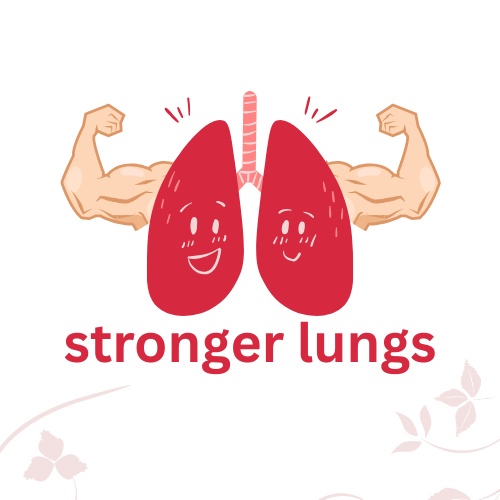As the mercury climbs and the sun beats down relentlessly, communities across the globe brace themselves for the onslaught of heatwaves. In recent years, heatwaves have become an increasingly common occurrence, leaving a swathe of devastation in their wake. From scorching urban landscapes to parched rural communities, the impact of heatwaves is profound and far-reaching. In this article, we delve into the phenomenon of heatwaves, exploring their causes, consequences, and most importantly, how we can stay cool and safe amidst the blistering heat.
Understanding Heatwaves:
- Heatwaves are periods of unusually hot weather, typically lasting for several days or even weeks. These extreme temperature events can occur in various regions around the world, from tropical climates to temperate zones. However, with the looming specter of climate change, the frequency and intensity of heatwaves are on the rise.
- The interplay of various factors, including atmospheric conditions, geographical location, and human activities, contributes to the occurrence of heatwaves.
Causes of Heatwaves:
- Several factors contribute to the formation of heatwaves. One primary factor is the presence of high-pressure systems that trap warm air near the Earth’s surface, preventing it from dissipating. Additionally, urbanization and the proliferation of concrete and asphalt surfaces create what is known as the urban heat island effect, exacerbating temperatures in cities and urban areas.
- Climate change also plays a significant role, with rising global temperatures creating conditions conducive to more frequent and severe heatwaves.
Consequences of Heatwaves:
- The consequences of heatwaves can be dire, impacting various aspects of human life and the environment. From heat-related illnesses and fatalities to agricultural losses and infrastructure damage, the toll of heatwaves is profound.
- Vulnerable populations, including the elderly, children, and those with pre-existing health conditions, are particularly at risk during extreme heat events. Moreover, heatwaves can strain energy resources as demand for cooling escalates, leading to power outages and increased energy costs.
Staying Safe During Heatwaves:
- In the face of rising temperatures and the increasing frequency of heatwaves, it’s crucial to take proactive steps to stay safe and cool. Firstly, staying hydrated is paramount, as excessive heat can lead to dehydration and heat-related illnesses. Drinking plenty of water and avoiding sugary or alcoholic beverages can help maintain hydration levels.
- Additionally, seeking out air-conditioned spaces or using fans can provide relief from the heat. Wearing lightweight, breathable clothing and avoiding strenuous outdoor activities during the hottest parts of the day can also reduce the risk of heat-related illnesses.
Community Response to Heatwaves:
- Community preparedness and response play a vital role in mitigating the impact of heatwaves. Local authorities and health agencies often implement heatwave preparedness plans, which may include the opening of cooling centers, distribution of water, and outreach to vulnerable populations.
- Public awareness campaigns can also educate communities about the dangers of extreme heat and the importance of taking preventative measures. Moreover, initiatives to increase green spaces and implement heat-resilient urban design can help mitigate the urban heat island effect, making cities more resilient to heatwaves.
Adapting to a Changing Climate:
- As climate change continues to alter weather patterns and increase the frequency of extreme events like heatwaves, adaptation is essential. This involves not only individual actions but also broader systemic changes to reduce greenhouse gas emissions and mitigate the impacts of climate change.
- Investing in renewable energy, improving energy efficiency, and promoting sustainable transportation are crucial steps towards building a more resilient and climate-resilient future. By working together to address the root causes of climate change, we can mitigate the risk of future heatwaves and protect both people and the planet.
Conclusion:
Heatwaves pose a significant challenge to communities around the world, with their frequency and intensity on the rise due to climate change. Understanding the causes and consequences of heatwaves is essential for implementing effective strategies to stay safe and cool during extreme heat events.
By prioritizing hydration, seeking out cool spaces, and taking proactive measures to protect vulnerable populations, we can mitigate the impact of heatwaves and build more resilient communities. Moreover, concerted efforts to address climate change and reduce greenhouse gas emissions are crucial for preventing the escalation of heatwaves in the future.
Together, we can weather the heatwaves and create a safer, more sustainable world for generations to come.



